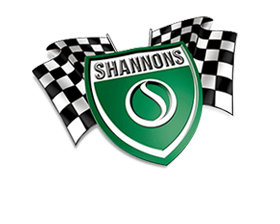Specifications
| Engine | In-line 6-cylinder, 179-cid |
|---|---|
| Gearbox | 3-speed manual |
| Body Work | Station Wagon |
| Colour | Green |
| Interior | Green |
| Trim | Vinyl |
| Wheels | Steel Disc |
| Brakes | Drums |
Description
Holden responded to the challenge of Ford’s new locally made Falcons by releasing a model still widely regarded as being one of the best ever to wear the Holden badge. The new EH may have looked similar to the EJ it replaced, but underneath the mildly facelifted body lay several significant improvements and the overall package certainly struck a cord with buyers – Holden sold more than 250,000 units in the eighteen months the EH remained in production, making it the fastest selling Australian car of all time. Holden revamped the look of the old EJ, with a new squared-off roofline and grille, to achieve a modern and attractively styled car. Styled under the direction of Stan Parker from the Design and Technical Centre in Detroit, the new look was dubbed ‘Power-Swept’ by GM’s marketing gurus. The EH brought with it a host of mechanical improvements, most notably a brand new engine to replace the ageing grey motor. Dubbed the ‘red’ motor (a reference to the colour the engine blocks were painted), the new unit had a bigger bore and shorter stroke, plus higher compression ratio to boost output and was offered in two sizes (149-cid or 179-cid). Either way, the red motor represented a big step forward for Holden, with state of the art features like a seven-bearing crankshaft, hydraulic valve lifters, new pistons and head to give plenty of additional power, plus better fuel economy. Transmissions available were a three-speed column-change manual ‘box or the Hydramatic auto, also with three forward gears. Three trim levels were offered, the Standard (aimed at fleet buyers or taxi operators), Special and more luxurious Premier, and Holden billed the wagon, or Special Station Sedan as it was known in the day, as being a “… new fun-filled family favourite!”






















